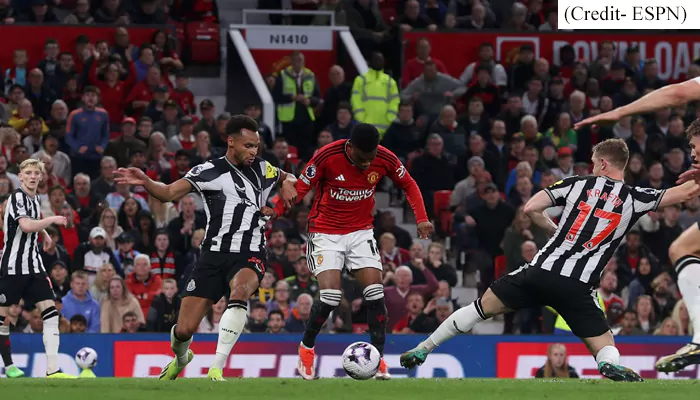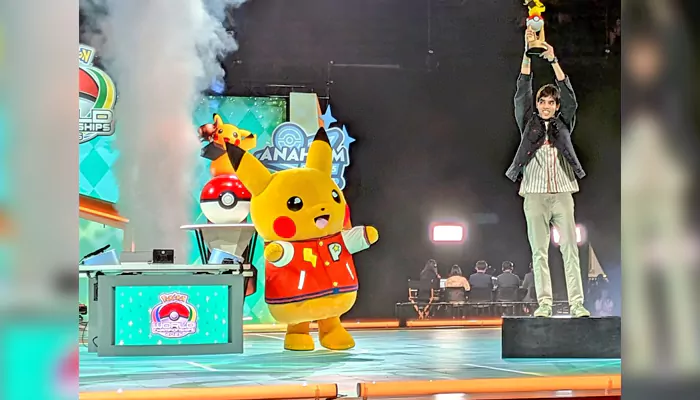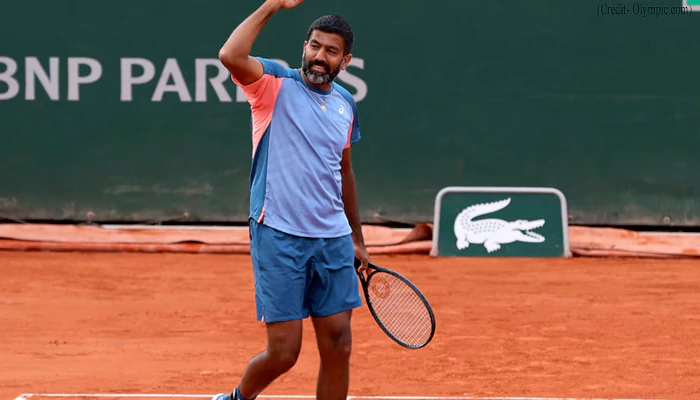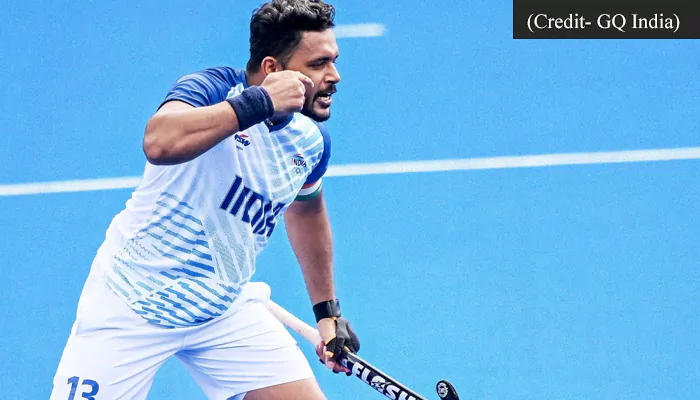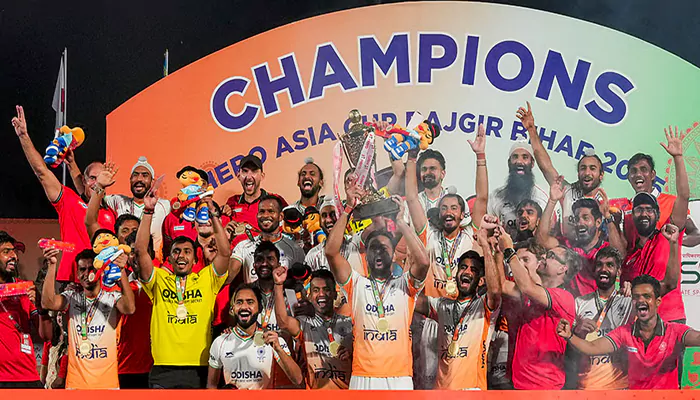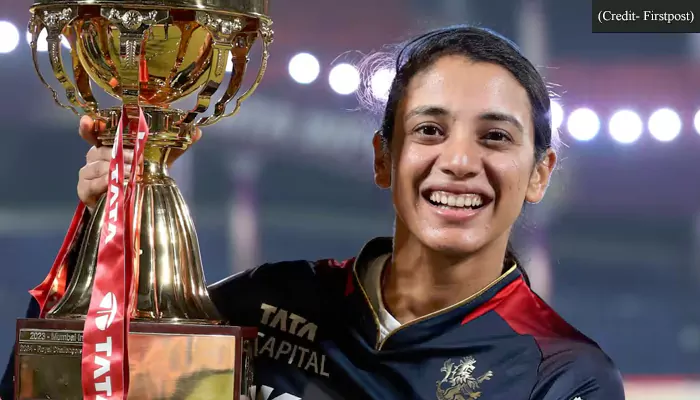El Clasico: The Night Football Became War- The Most Controversial El Clasico in History
- Sayan Guha
- 6 months ago
- 4 minutes read

As Real Madrid and Barcelona prepare to meet again on October 27th at the Santiago Bernabéu, the echoes of that fateful night in 1943 still resonate
The date was June 13, 1943. Real Madrid hosted Barcelona at the Estadio Chamartín for an exciting second-leg semi-final of the Copa del Generalisimo. What happened that day was more than merely a football game; it was a story of anxiety, tension, and a new age of rivalry between two teams whose destinies would become inextricably linked. A small crowd of 15,000 watched the match, which concluded with an astounding 11-1 result, sending shockwaves across Spanish football.
But what made this El Clasico so controversial? What made it the pivotal moment in this heated rivalry?
The calm before the storm
Barcelona came to Madrid with a 3-0 advantage from the first leg, played in Les Corts. However, this was no ordinary first leg; Madrid was enraged by refereeing decisions and Barcelona fans' nasty whistling. The Madrid press capitalised on these disputes, screaming for retribution and portraying Barcelona as an enemy of the Spanish state. In the view of the authorities, this was no longer a game but an opportunity to establish legitimacy.
The second game was overshadowed by the outcome of the first leg and an atmosphere of fear and politics. Far from home, Barcelona's players found themselves in a hostile environment. Stones and obscenities rained down on their bus as the fans erupted with chants of "Separatists!" and "Reds!"
HISTORICO REAL MADRID- BARCELONA 11-1. 13-06-1943 pic.twitter.com/CDQ5cq9sc7
— TOTAL MADRIDISMO 1980 (@ETaboulares) October 24, 2024
Chaos and coin showers
The game began, but Barcelona had moved away from football. Mariano Gonzalvo, the visiting forward, subsequently described how the penalty area was always littered with coins thrown by the fans. Goalkeeper Luis Miró approached his line with apprehension, constantly wary of things coming in his vicinity.
The intimidation didn't come solely from the crowd. The narrative got worse by controversial refereeing decisions, notably the expulsion of Barcelona's Benito García for a seemingly routine challenge. Real Madrid capitalised, scoring with stunning consistency to lead 8-0 at halftime.
Fun fact: The largest El Classico victory was in a Copa del Rey clash when Real Madrid beat Barcelona 11–1 on 19 June 1943. pic.twitter.com/aDtgEYkScB
— Obi of Barcelona 💙❤️ (@JonesObinna) January 30, 2023
The unforgiving scoreline
Real Madrid's goals kept coming. Pruden and Sabino Barinaga were relentless, both scoring hat-tricks before adding to their totals. Madrid's Chus Alonso and Antonio Alsua both scored goals in an unsportsmanlike match. Barcelona scored only one goal, a late strike by Mariano Martín, but the damage was already done. The scoreboard read 11-1, a startling outcome that would live forever in both clubs' memory.
The defeat resulted in the dismissal of Barcelona's president, while Real Madrid's Santiago Bernabéu delivered an apology months later, which did nothing to alleviate the grief.
❗️In June, 1943, after Real Madrid’s 11-1 win over Barcelona. The regime decided the sack the two presidents, Antonio Santos Peralba of Real Madrid, and Enrique Piñeyro of Barcelona due to the heated rivalry.
— Madrid Zone (@theMadridZone) September 15, 2023
On September 15, 1943. Real Madrid board chose Santiago Bernabéu, a… pic.twitter.com/OuCl75zLRG
More than just a match
This wasn't only about football. It was 1943, and Spain was ruled by General Francisco Franco. The tournament was dubbed the Copa del Generalisimo in honour of Franco, and football was used for political propaganda. In this context, Barcelona represented Catalan identity and regional pride, while Madrid represented the central government. This match did more than just crown a winner; it entrenched the notion of Real Madrid as the regime's side and Barcelona as the perennial underdog.
A rivalry is born
Fernando Argila, Barcelona's backup goalkeeper that day, later stated that there had been no true rivalry between the two clubs until that game. This 11-1 humiliation laid the groundwork for El Clásico to blossom into a cultural, political, and intellectual conflict.
While Madrid went on to lose the final against Athletic Bilbao, the semi-finals left their mark. While not well commemorated in Madrid, the game remains one of the most iconic—and infamous—events in El Clasico history. It created resentment that went beyond simple rivalry and entered Spain's culture.


